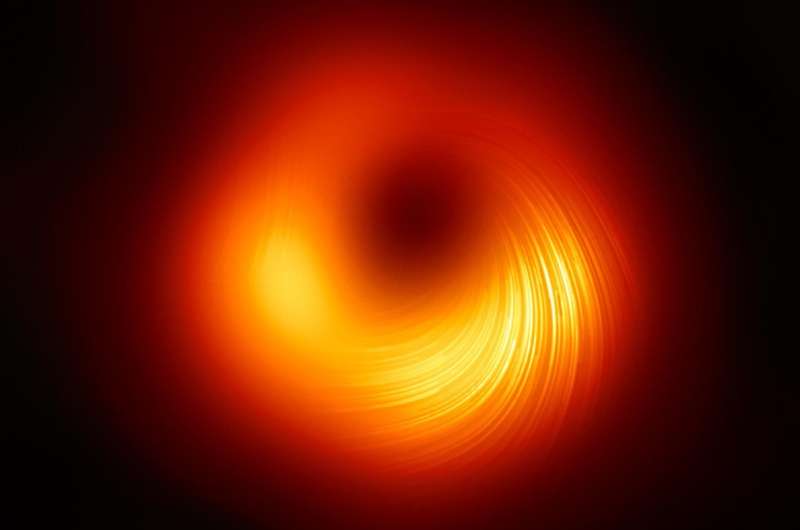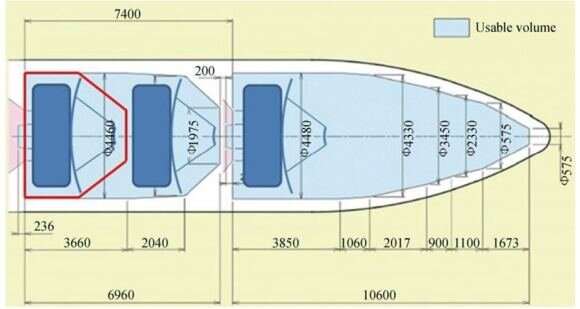Space telescopes could provide next-level images of black hole event horizons

Back in 2019, the world was treated to the first-ever image of a black hole, which was originally captured in 2017. The feat was widely heralded as a leap forward for astrophysics, supporting Einstein's theory of relativity. Now, a team led by the Radboud University proposes sending instruments into space to estimate black hole parameters more accurately by an order of magnitude. The newest paper, led by Dr. Volodymyr Kudriashov, translates science goals into technical requirements and focuses on the instrumentation needed for the Event Horizon Imager, as the mission is called.
The paper mainly considers logging data from the "easiest-to-capture" black holes, though it is possible to image other objects and to make black hole movies depicting black holes in action. As a proof of concept, the team took some preliminary images of the "easiest" black holes and confirmed that image reconstructions would work for higher resolutions. Now, the project faces the biggest obstacle of most space missions—getting launched, preferably on a budget.
The mission itself calls for two separate satellites orbiting in mid-Earth orbit about 26,000 km (16,000 m) from each other. Data links over such long distances may prove to be a problem though, so the team developed a system for handling usual "raw'' data. This novel system will leverage both on-board GPS and a laser between telescope satellites and will allow the data rate back to Earth to be tiny. Using optical inter-satellite communication seems feasible if the system avoids one potential hazard of such optical systems—clouds breaking line of sight. Luckily, the team found plenty of relevant inter-satellite laser technologies for ranging and communication, including some that are already flying in space now.

Such a system would be worth it if it captures data that can be used to compare the competing gravitational theories that have divided the physics community for decades. Though there are no concrete plans to launch a system similar to the EHI anytime soon, imaging black holes from space is among the recommendations of Voyage 2050 ESA's Senior Committee, so such a system is already on the long-term roadmap of the astronomical community.
More information: Kudriashov V, et al. An Event Horizon Imager (EHI) Mission Concept Utilizing Medium Earth Orbit Sub-mm Interferometry[J]. Chinese Journal of Space Science, 2021, 41(2): 211-233. DOI: 10.11728/cjss2021.02.211
Provided by Universe Today


















